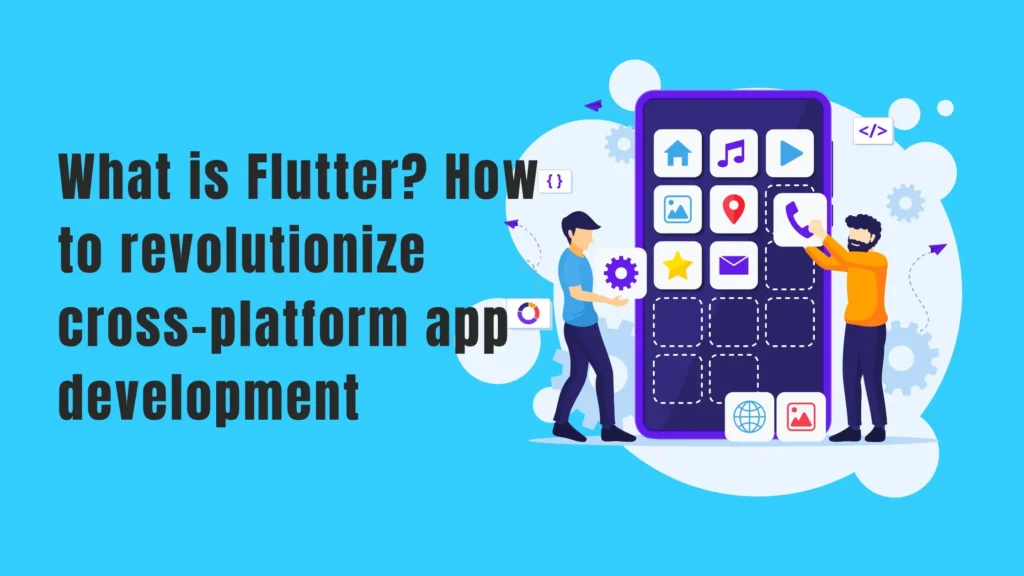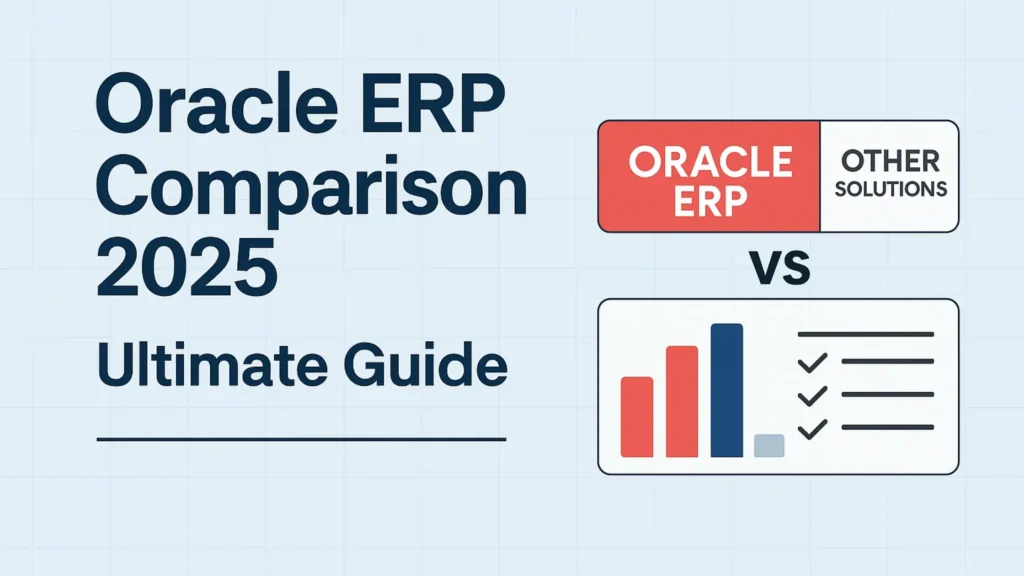Flutter is quickly becoming one of the most in-demand platforms for mobile app development. Developed by Google, it is an open-source SDK for building high-performance, scalable applications for both Android and iOS platforms with a single codebase. In this, we will explore Flutter’s power and potential in revolutionizing cross-platform app development.
What is Flutter?
Flutter is a software development kit that Google created as an open-source platform. It is used for building user interfaces. It is used to develop mobile, web, and desktop applications from a single codebase. Flutter offers pre-designed widgets in Dart for UI development. It provides fast development, expressive and flexible UI, native performance, and extensive community support.
Key Features of Flutter
Flutter provides several key features that make it stand out from other cross-platform app development solutions:
Single Codebase: Flutter developers can write code once and deploy it on multiple platforms, making development faster and more efficient.
Hot Reload: The desirable reload feature in Flutter enables developers to view the changes they make instantly. This allows for faster iterations and quicker bug fixes during the development process.
Native-Like Performance: Flutter’s apps are compiled into native code, resulting in high-performance applications with smooth animations and responsive user interfaces.
Widget Library: Flutter has a vast collection of customizable widgets for building beautiful user interfaces. These widgets are designed to mimic the native look and feel of each platform, ensuring a consistent user experience.
Access to Native Features: Flutter enables developers to access platform-specific APIs and features, like cameras, sensors, and GPS, using platform channels. This provides an opportunity to create powerful, feature-rich applications for users.
significations of Flutter
Here are some critical significations of Flutter in revolutionizing cross-platform app development:
Streamlined Development: Developers can write code once and deploy it on multiple platforms using Flutter’s single codebase approach. This reduces development time and effort, as developers don’t have to build separate apps from scratch for each platform. Developers can now create a single codebase that functions seamlessly on Android and iOS platforms.
Increased Productivity: Developers can instantly see changes made to their code using Flutter’s hot reload feature. This eliminates the need for time-consuming rebuilds and restarts, allowing developers to iterate and experiment quickly. The fast feedback loop from hot reload speeds up the development process and increases productivity.
Enhanced Performance: Flutter compiles the app’s code to native machine code, resulting in high-performance applications. Flutter apps run directly on the device’s hardware without any performance overhead. This ensures smooth animations, fast startup times, and responsive interfaces, providing users with a native-like experience.
Faster Time to Market: With Flutter’s streamlined development process, hot reload feature, and reusable codebase, developers can bring their apps to market faster. The ability to iterate quickly on UI designs, test new features, and fix bugs seamlessly accelerates the development timeline. Faster selling time gives businesses a competitive edge in the dynamic mobile app ecosystem.
Community Support and UI Flexibility: Flutter has a solid and active community of developers contributing to an ever-growing package and resource ecosystem. This community support ensures developers can access various pre-built UI components, plugins, and libraries. Flutter’s flexible UI framework allows developers to customize the UI to match each app’s unique branding and design requirements.
These significations make Flutter a compelling choice for cross-platform app development, opening up new possibilities and revolutionizing app building.
How Flutter Revolutionizes Cross-Platform App Development
Flutter takes cross-platform app development to a new level by providing a streamlined and efficient framework for building applications. The advantages of using Flutter include:
Reduced Development Time: Flutter’s single codebase approach is a game-changer in developing cross-platform applications. Developers can write one codebase to build apps for both Android and iOS platforms, saving time for development and deployment.
Faster Iterations: Flutter’s hot reload feature lets developers instantly view their changes. Developers can see how the application’s user interface looks and behaves, allowing them to make tweaks and changes in real-time.
Native-Like Performance: Flutter’s apps are compiled into native code, resulting in high-performance applications with smooth animations and responsive user interfaces. Flutter apps are comparable to native apps, providing users with a seamless experience.
Consistent User Experience: Flutter’s widget library offers developers a collection of customizable widgets that mimic the native look and feel of each platform. This ensures a consistent user experience across different devices and operating systems.
Access to Native Features: Flutter’s platform channels enable developers to access platform-specific APIs and features, allowing them to leverage device functionalities like cameras, sensors, and GPS. Developers can use this opportunity to create applications rich in features that are specific to certain platforms.
Real-world applications
Mobile Apps: Flutter is primarily used to build Android and iOS mobile applications. It allows developers to create high-quality, performant apps with a single codebase that can run seamlessly on both platforms.
Web Apps: With the recent addition of Flutter for the Web, developers can now use Flutter to build web applications. Flutter’s ability to compile JavaScript allows for the creation of interactive and responsive web experiences.
Desktop Apps: Flutter also supports building desktop applications for Windows, macOS, and Linux platforms. This allows developers to leverage Flutter’s capabilities to create cross-platform desktop apps with native performance.
Embedded Systems: Flutter can be used to develop applications for embedded systems such as IoT devices, smart appliances, and automotive infotainment systems. Its flexibility and performance make it suitable for many embedded applications.
Progressive Web Apps (PWAs): Flutter can be used to build Progressive Web Apps, which are web applications that offer a native-like experience on web browsers. PWAs provide offline support, push notifications, and other features traditionally associated with native mobile apps.
These are just a few examples of the diverse applications that can be built using Flutter. Its versatility and efficiency make it popular for developers across different platforms and industries.
Conclusion:
Flutter is a powerful and efficient way to develop cross-platform applications. Using Flutter, developers can build high-performance and scalable applications for Android and iOS platforms with minimal effort. Flutter’s hot reload feature, widget library, and access to native features make it a game-changer in cross-platform app development.
Flutter provides a streamlined approach to developing cross-platform applications, making it one of the most popular mobile development platforms.
Are we looking to shape your business through Flutter? Everite Solutions specializes in helping companies to strategize and achieve their goals. Our expert team of consultants can guide you in leveraging the power of custom software to shape your business roadmap effectively.
Visit our website, www.everitesolutions.com, to learn more about our custom software consulting services. Contact us at email id info@everitesolutions.com or our mobile number +1 404-835-1605 to schedule a consultation and discover how Everite can help shape your business’s future.







